In the mid-1940s, the Philadelphia skyline still maintained the general look it received during the construction boom of the 1920s and 1930, when several new towers added significant mass to the Center City skyline. The Philadelphia City Hall still topped the skyline at 548 feet tall, but by the 40s more high-rises were nearing the top of the clock tower, with several rising in the 300-foot range. A number of Art Deco buildings stood out, with predominantly light and dark brown shades. Today Philly YIMBY compares massing renderings of the 1945 skyline and the 2020 skyline.
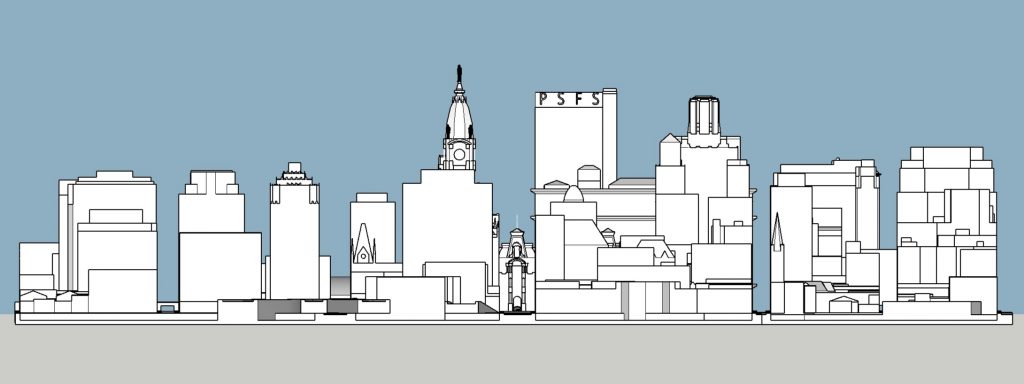
Philadelphia 1945 west elevation. Model and image by Thomas Koloski

Philadelphia 1945 south elevation. Model and image by Thomas Koloski
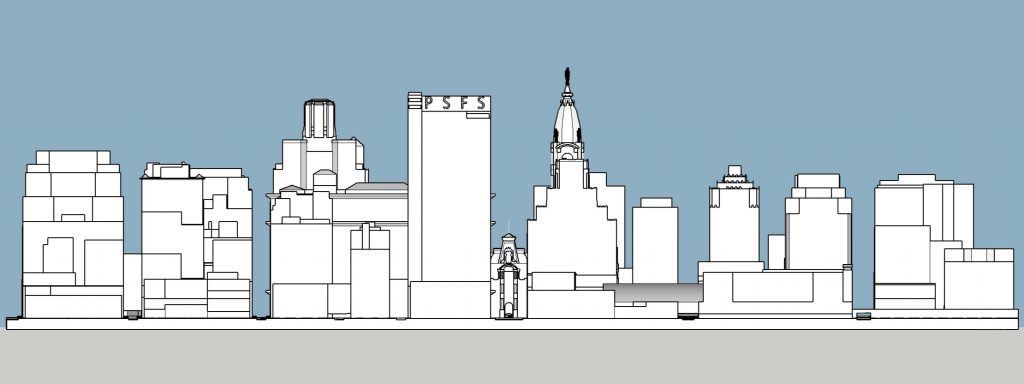
Philadelphia 1945 east elevation. Model and image by Thomas Koloski

Philadelphia 1945 north elevation. Model and image by Thomas Koloski
The “gentlemen’s agreement” was still evidently being respected, as the William Penn statue on top of City Hall still stood hbighere than even the tallest towers, and most buildings rose under half the height of the Second Empire-styled clock tower. However, to the east of the structure is the PSFS Building, rising 491 feet tall at the time as the massings, three years prior to the installation of the 303-foot television antenna at the top. Other tall towers include One South Broad at 472 feet tall, Girard Trust Building at 394 feet, The Aria at 389 feet, The Drake at 375 feet, the Medical Tower at 364 feet, and the Architects Building at 312 feet.
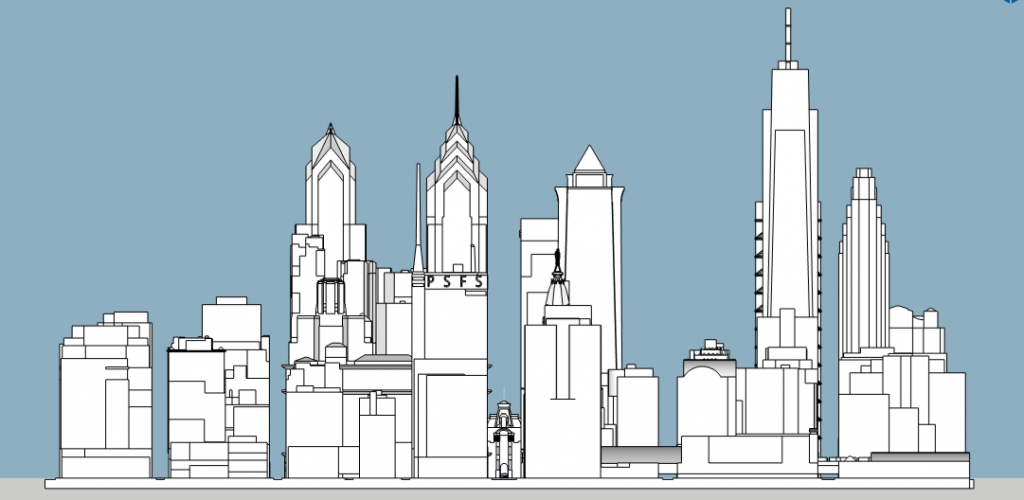
Philadelphia 2020 west elevation. Model and image by Thomas Koloski

Philadelphia 2020 south elevation. Model and image by Thomas Koloski
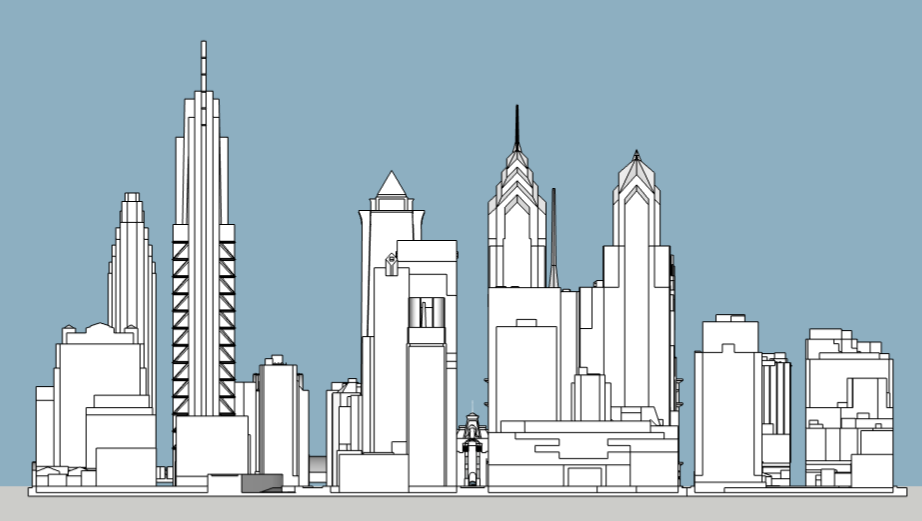
Philadelphia 2020 east elevation. Model and image by Thomas Koloski

Philadelphia 2020 north elevation. Model and image by Thomas Koloski
Flashing forward 75 years, the skyline has greatly transformed into something the public from prewar times would unlikely had expected. The skyline now extends out onto areas and neighborhoods that have not seen major high-rise development in the past, such as the 736-foot tall FMC Tower in University City. In addition, high-rises now have a vibrant color mixture of light and dark brown and blues, with most new skyscrapers reflecting the hues of the sky.
Subscribe to YIMBY’s daily e-mail
Follow YIMBYgram for real-time photo updates
Like YIMBY on Facebook
Follow YIMBY’s Twitter for the latest in YIMBYnews


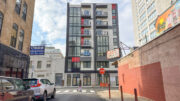

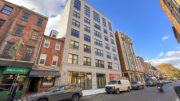

Wonderful illustrations. You are attracting a solid following.
Don’t forget to add the PNB initials on One South Broad to make your work complete and more authentic.
In my research, PNB bought the building in 1952 and put up the initials by the next year.